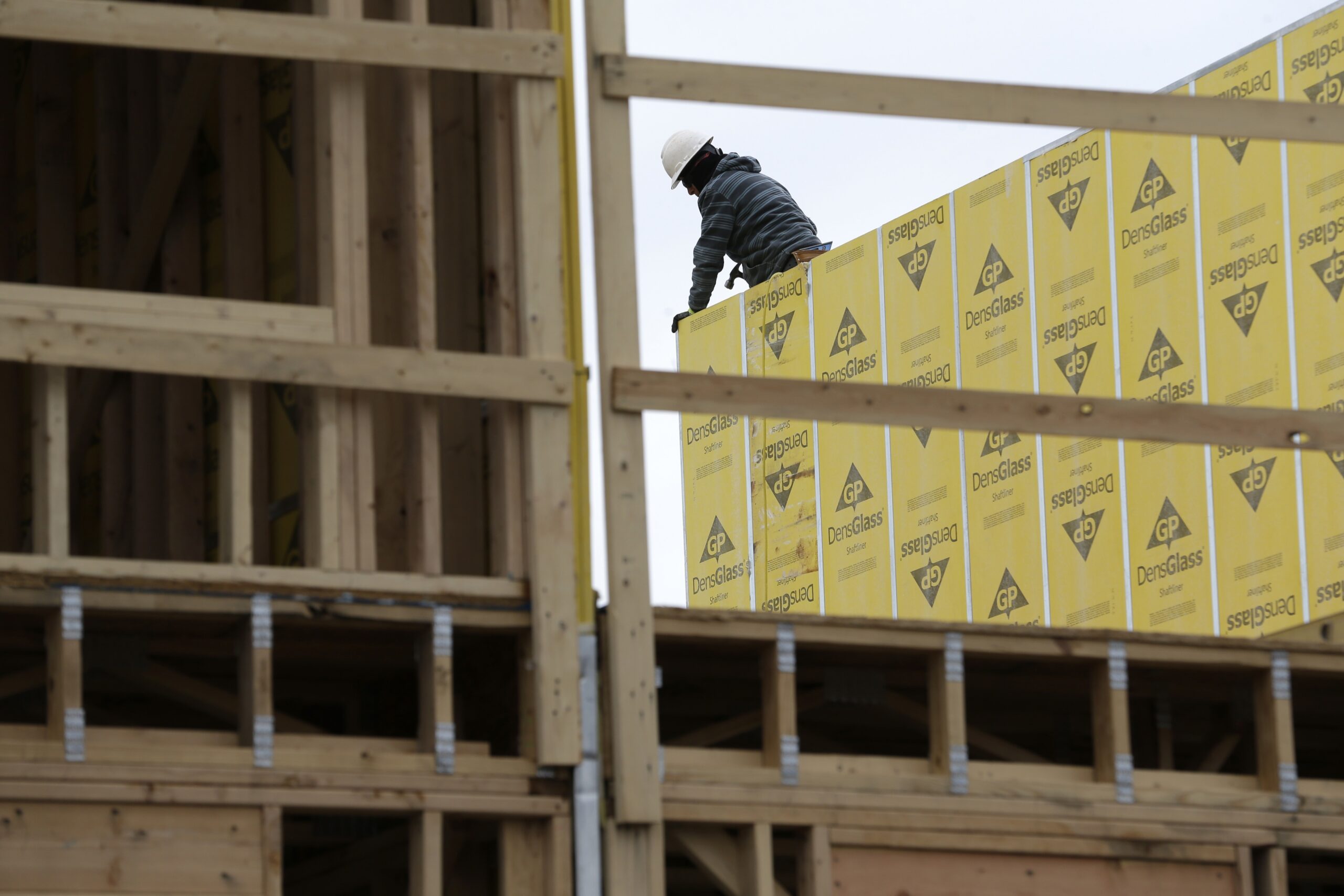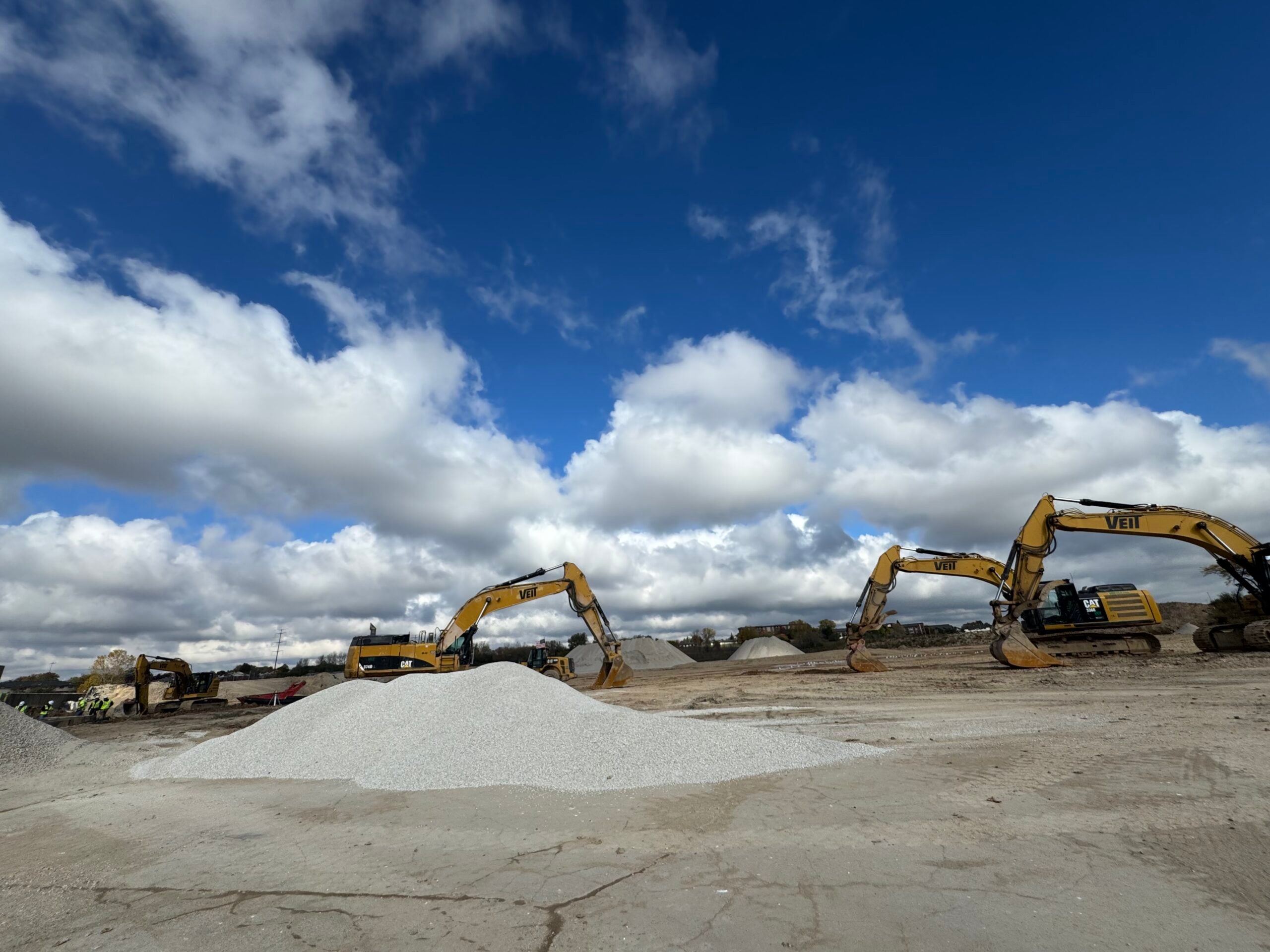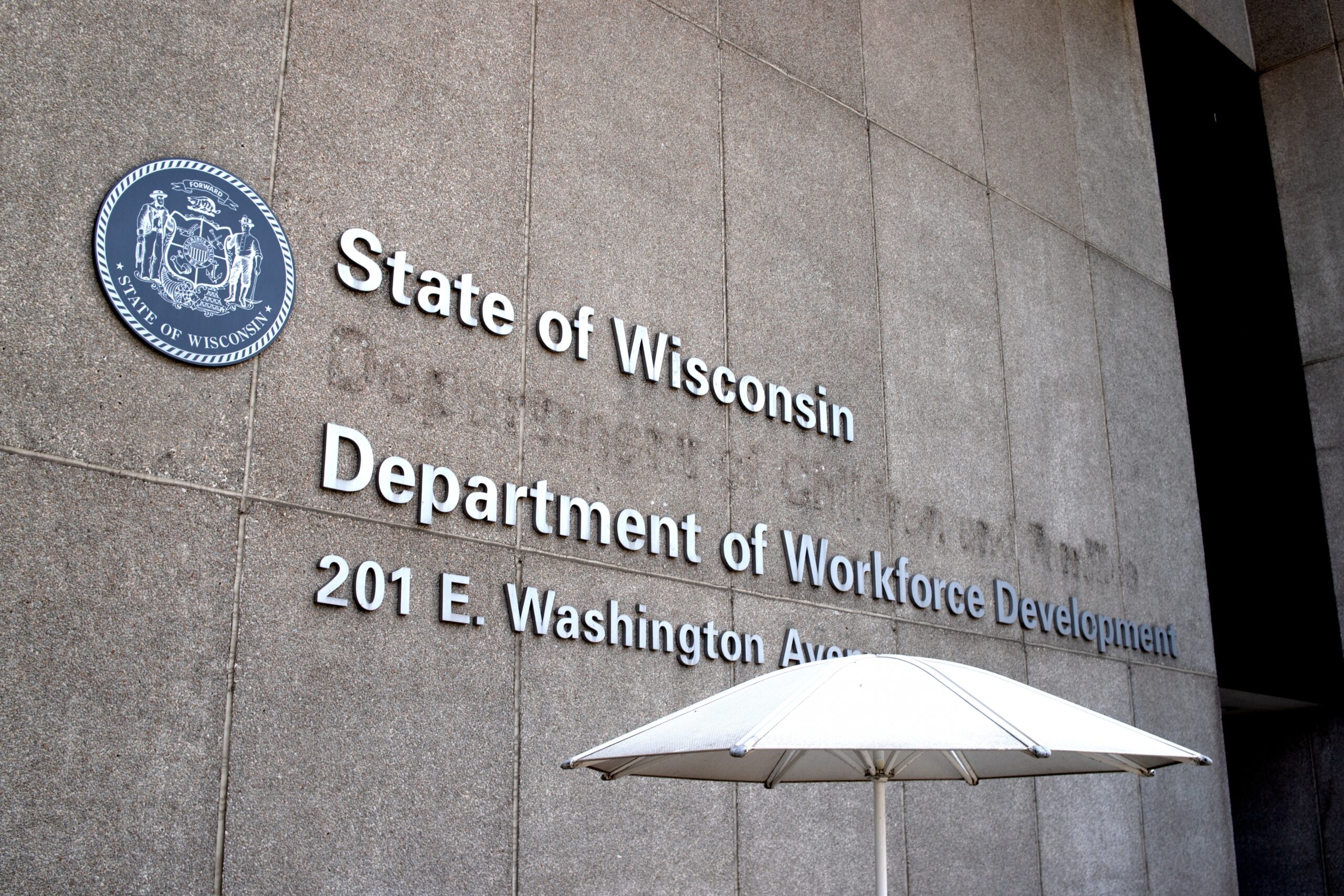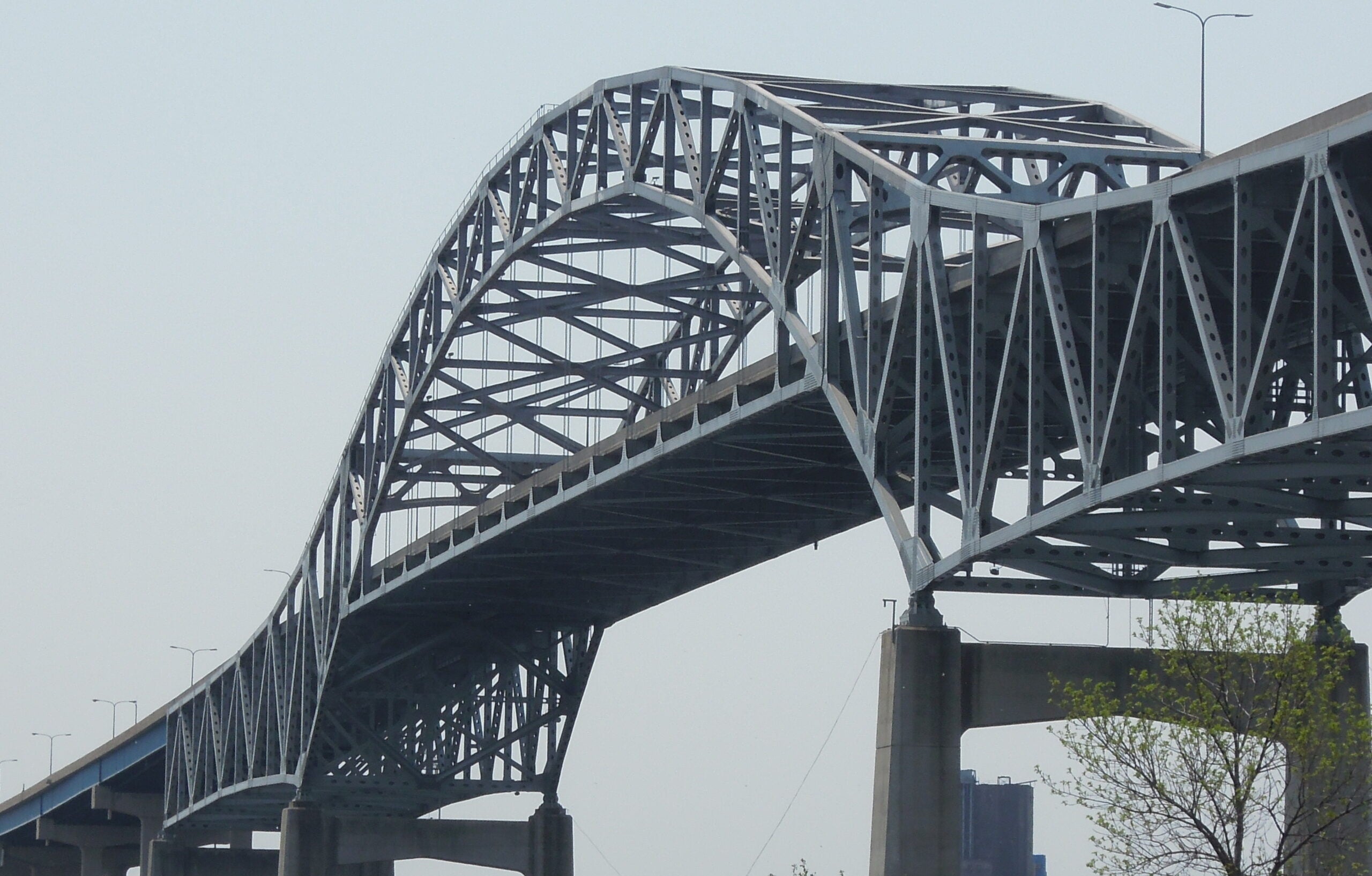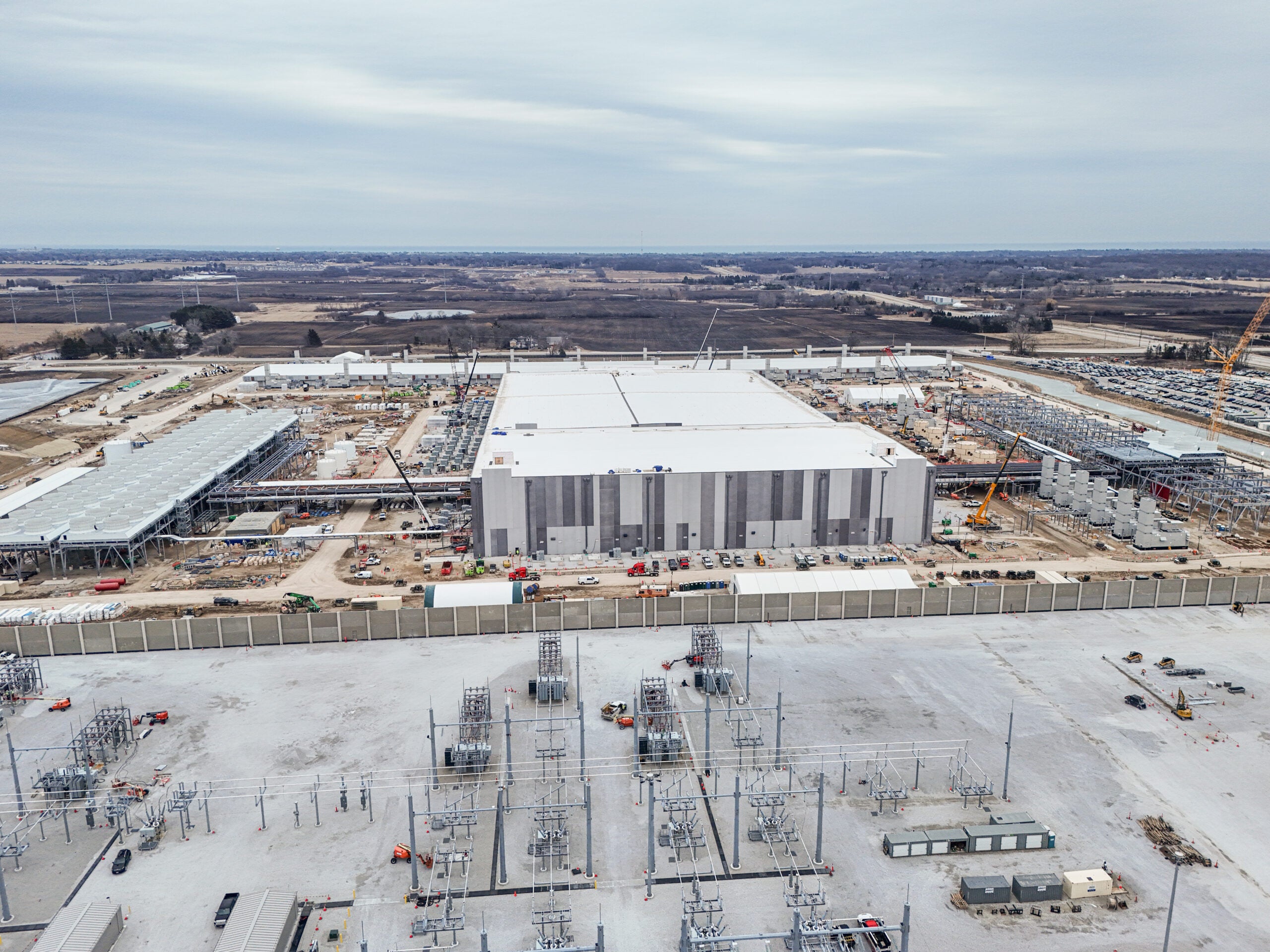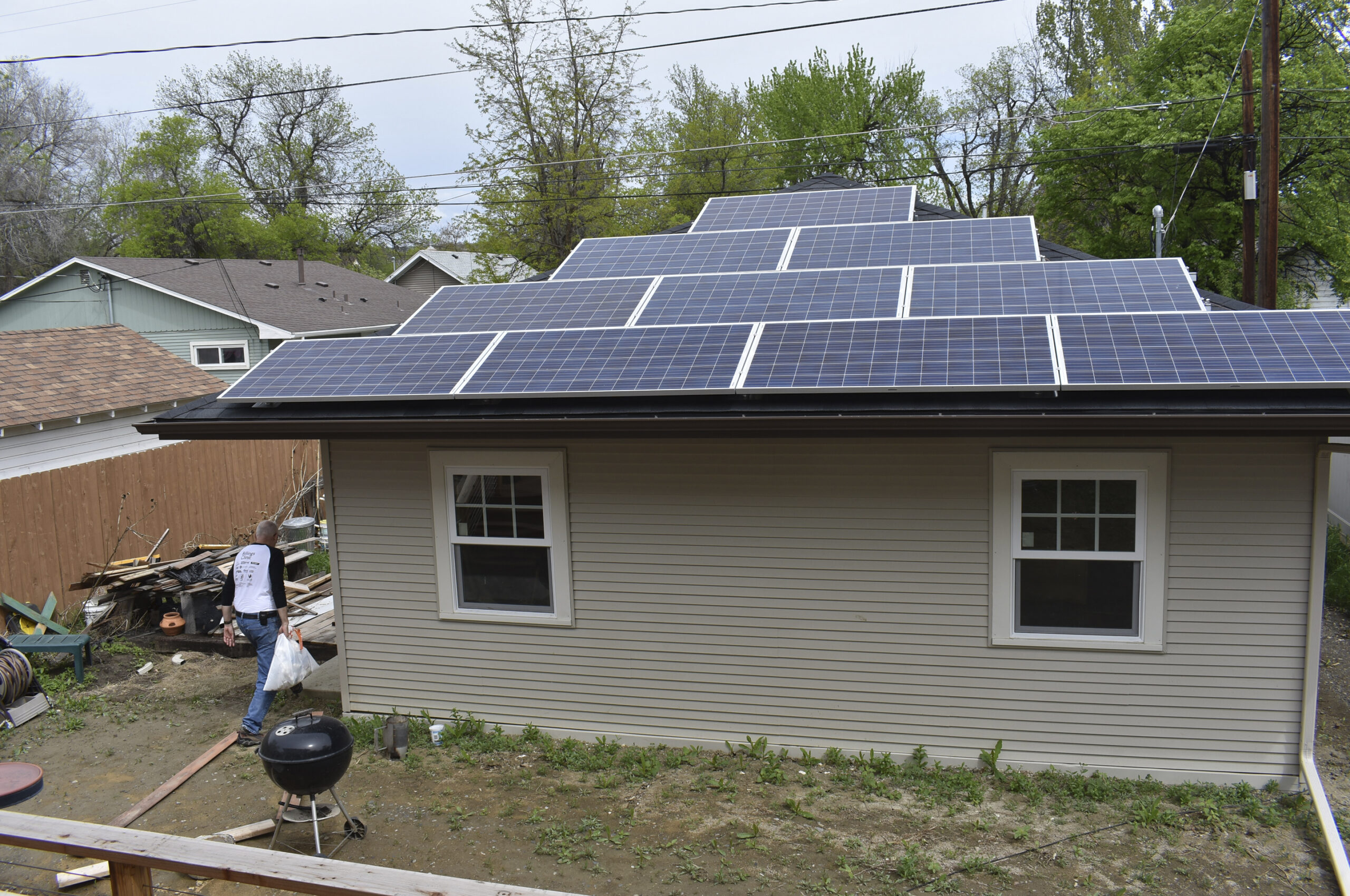Gov. Scott Walker has until Wednesday to nominate 25 percent of Wisconsin’s low-income neighborhoods for a new federal designation that aims to boost economic activity in those areas.
The provision, included in the recent GOP tax bill, gives investors incentives to put money into so-called “opportunity zones.” The longer they invest in the designated low-income neighborhoods, the greater the tax incentives they unlock.
“There right now isn’t a lot of private investment going to low-income communities around the country,” said Steve Glickman, co-founder and CEO of the Washington-based Economic Innovation Group, which lobbied for the provision. “It’s not happening on its own despite the fact that we have a stock market at record highs where there are certainly people and companies doing really well.”
News with a little more humanity
WPR’s “Wisconsin Today” newsletter keeps you connected to the state you love without feeling overwhelmed. No paywall. No agenda. No corporate filter.
In Wisconsin, Glickman said the program could especially help areas like Milwaukee County, which has 40 percent of the state’s eligible neighborhoods for the program. He said some rural areas could benefit too.
“If you look at western Wisconsin between kind of the Minnesota suburbs and Madison, that whole tranche of land is a huge opportunity for investors and for this program as well,” Glickman said.
Not all communities have experienced organic economic growth since the recovery of the 2008 recession, Glickman said, and he argues a targeted program like this could make the difference.
He says case studies suggest there could be up to a 40-percent premium on opportunity zone investments compared to what they might earn investing in other neighborhoods.
The zones offer more flexibility in the assets that can be invested in compared to previous location-based economic development programs that often only focused on real estate, Glickman said.
“We’re hearing from venture capital investors that are looking to raise funds in startup and growth businesses; from private equity firms that are looking to invest in larger companies; up to real estate firms and clean energy infrastructure firms that see this as a way to build place-based infrastructure in wind and solar,” Glickman said.
But in order to unlock the greatest tax incentives, investments would have to remain in communities for at least a decade.
At the 10-year mark, opportunity zone investments would avoid capital gains taxes.
Jay Miller, a visiting fellow with conservative think-tank the Badger Institute, is supportive of the idea.
“Milwaukee, in particular, has one of the highest poverty rates in the country and what’s been done up till now really hasn’t turned that around even though, generally speaking, the country is thriving economically — at least certain sectors are — so we need to do something,” he said.
But the program is not without criticism, raising concerns that it amounts to what Brookings Institution economist Adam Looney calls a “gentrification subsidy.”
Mark Eppli, a finance professor at Marquette University, said he sees both the need for a program like the opportunity zones and the argument that people would invest capital in already gentrifying areas.
“The rational investor would take the lowest risk opportunity and quite possibly invest in very small areas and ignore the rest,” said Eppli.
Miller said gentrification is something that people could keep an eye on but should not make local and state leaders dismiss the idea.
“The hope is that if there is gentrification, it isn’t from people that are brought into … that area but rather will be helping elevate the standard of living of the people that are already there,” he said.
Milwaukee Mayor Tom Barrett said he’s written a letter to Walker expressing interest in the idea.
A spokeswoman for Walker said the state is conducting a review of the designations.
Wisconsin Public Radio, © Copyright 2026, Board of Regents of the University of Wisconsin System and Wisconsin Educational Communications Board.
